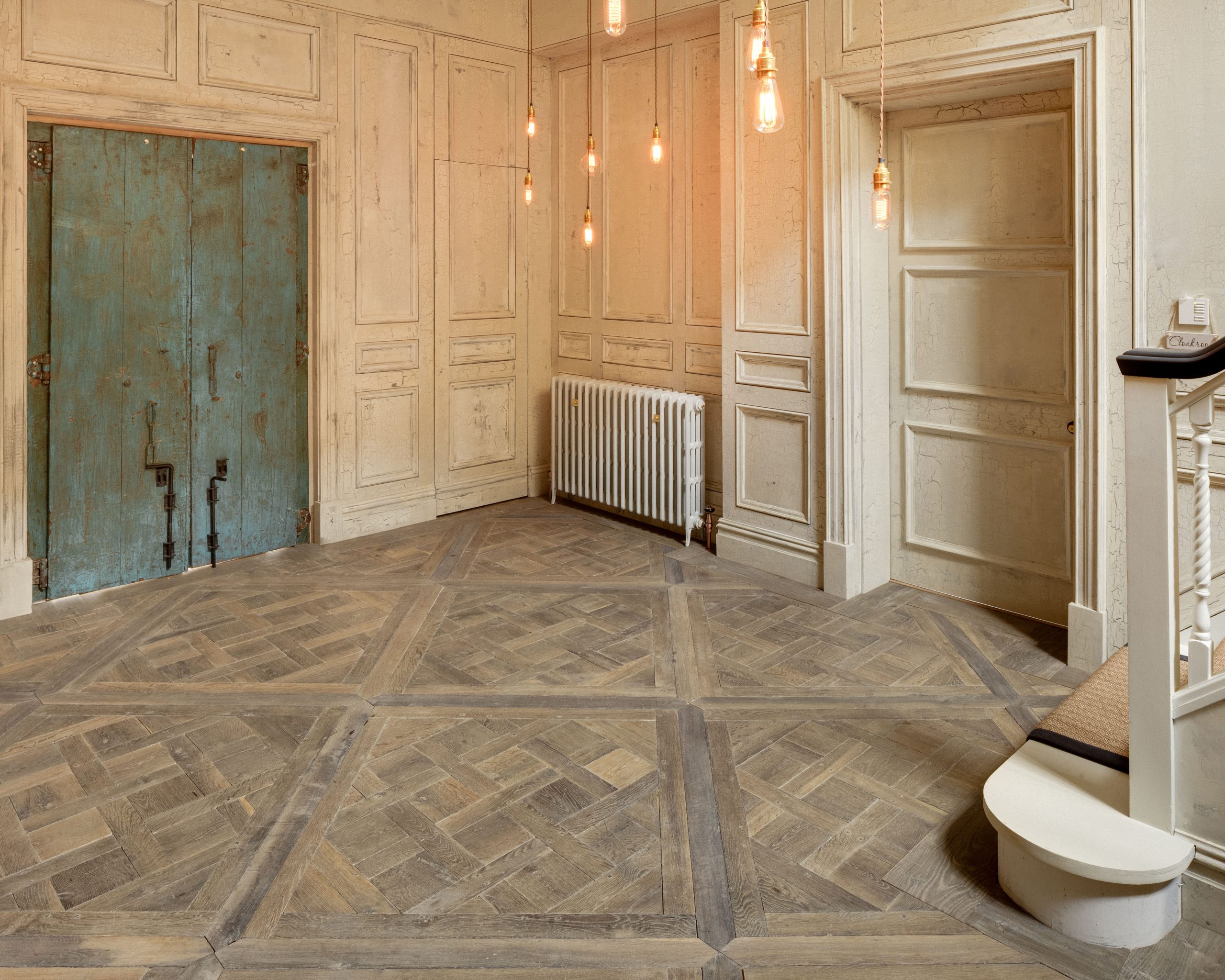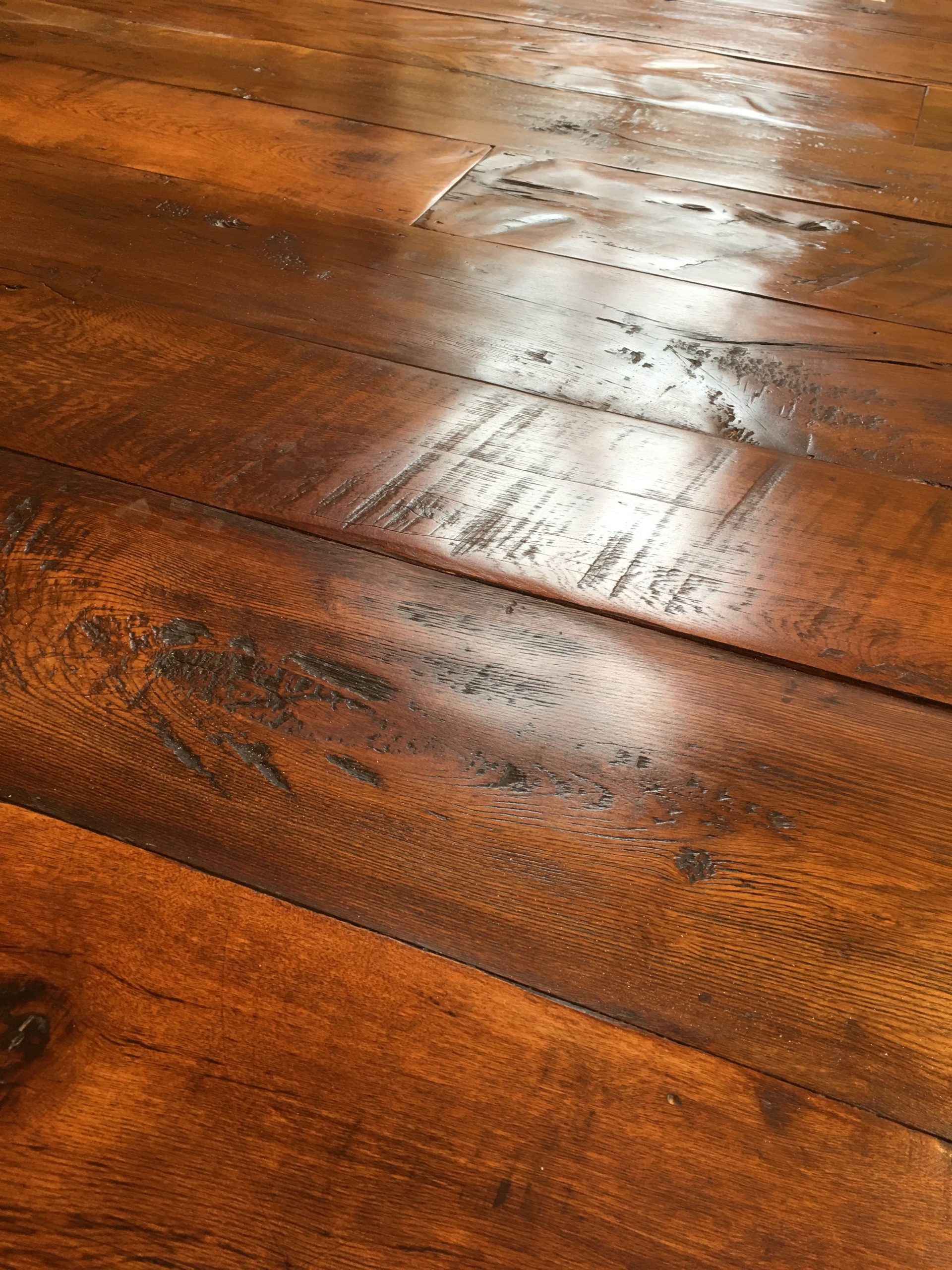
Frank Lloyd Wright had said, “Study nature, love nature, stay close to nature. It will never fail you.” And this is especially true considering how, regardless of culture and age, our affinity toward nature is genetic and deep-rooted in evolution. We find nature awfully pleasing.
Natural wood on the same scope elicits feelings of warmth, comfort and relaxation; at the same time creating a link to nature.
For more than twenty years, scientists have been trying to determine the mechanism by which exposure to wood improves health — and numerous findings have identified that using natural materials, particularly wood, in the interior space of a building, has physiological and psychological benefits that mimic the effects of spending time in nature.
The findings suggest that people appear to be innately drawn towards wood; and for the most part, the subject generally shows a strong and positive preference for interior spaces that feature many wood details.
There also appears to be a strong assurance that the presence of wood can help to fabricate healthful environments — and commonly evoked descriptors for wood interiors include; warm, comfortable, relaxing, cosy, organic, intimate and inviting.
However, our increasing urbanisation has never been faster than it is today; which simply means that people have less access to nature in their daily lives.
This reality, alongside our fast-growing population, long working hours and increased screen time, is encouraging a rapid disappearance of the possibility for us to turn to nearby forests and woodlands for a breath of fresh, pure air in the middle of a stressful day.
Hence, now more than ever, it is essential to rebuild our connection with nature by understanding how to incorporate wood into our indoor environment and benefit both physically and mentally from this bond.
How wood in our homes improve health
Bringing a piece of the forest into your home through wooden furnishings and architectural fixtures can actually contribute to your overall wellbeing.
A recent in-depth report titled ‘Wood — Housing, Health, Humanity’, by the Planet Ark Environmental Foundation demonstrates that constant exposure to wood interiors has significant positive effects that replicate those created by spending time in natural surroundings.
Similar studies like those of Planet Ark’s have revealed parallel results that support this idea: wood exposure is great for your health.
Over the last couple of years, the effects of timber products on our minds and bodies have become a subject of interest worldwide.
A Canadian study, titled ‘Appearance of Wood Products and Psychological Well-Being’, demonstrated that the colours and texture of wood generate warmth, comfort and relaxation in people.
These three feelings were absent in a room with no wood features. Wooden products and home decoration have also been shown to benefit health even while you are asleep.
Sleeping in wooden beds not only lowers blood pressure, heart rate and anxiety but also improves a person’s emotional state and relaxation level.
Planet Ark’s report also showcased a Japanese study that determined that the presence of wood in an indoor space contribute to the growth of an individual’s interactions with others and a positive self-expression.
Such results make it less surprising to see that an increasing number of architects and interior designers make wood a central locus of the built environment.
Wood is good for the mind, body and soul
There’s a noticeable trend for wood interiors at the moment, but beyond trends wood in our homes has measurable health benefits to our body and mind.
We now know that people are generally happier and calmer in spaces that contain natural elements like wood; the use of timber lowers stress and anxiety levels.
Multiple studies identify that the presence of wood alleviates a wide array of metal, physical and emotional ailments; and helps many people return to their natural, more aligned state.
Various studies also indicate that exposure to stress during childhoods and adolescence increases the probability of individuals developing stress-related mental disorder later in life, and may also even influence the timing of puberty.
Incorporation wooden architectural details and furnishings into learning environments at home is particularly excellent at stress reduction and has a tangible and long-lasting positive outcome.
Wood is warm, comfortable and inviting
The feelings of natural warmth and comfort that wood evokes in people are particularly essential in lowering blood pressure and heart rate, reducing stress and anxiety, and increasing positive social interactions.
Reclaimed wood as a natural material offers variation, with no two pieces being the same. Its uniqueness means that it has had time to weather and develop a patina, and a number of designers are choosing reclaimed wood to employ in built environments as it looks and feels much more organic, and provides added benefits over new timber.
Reclaimed wood can be character-rich with lots of texture and weathering which can exude a stronger natural, organic connection between occupants and their interior space. The wood has a history and a story; its patina and markings convey its prior life — and it’s these stories that encourage homeowners to emotionally connect and feel more meaning to their residential spaces in addition to having a natural affinity for wood.
Conclusion
We intuitively respond positively to spaces that enhance feelings of happiness and promote productivity, intimacy and efficiency. As you walk into a room, it’s essential to pay attention to how feel as you move about the space. We can always look outside for inspiration [remove ,] and bringing those natural elements into our built environment can have a significant impact on our health and wellbeing. Wood proves time and time again to be one of the healthiest building materials in existence; and has incredible effects on our day-to-day life and long-term happiness. With countless studies supporting this, architects and designers can work together to ensure that our homes are psychophysiological optimised. This approach is already ushering in a new era of design that brings biophilia to the forefront and focuses on making the healthiest possible interior spaces.








